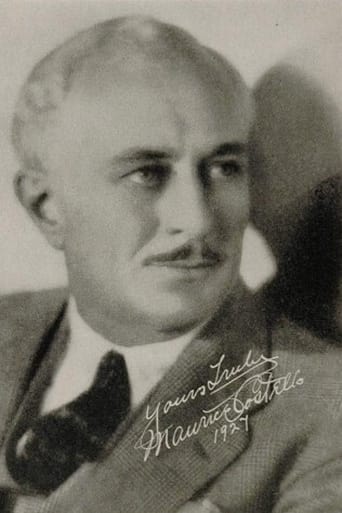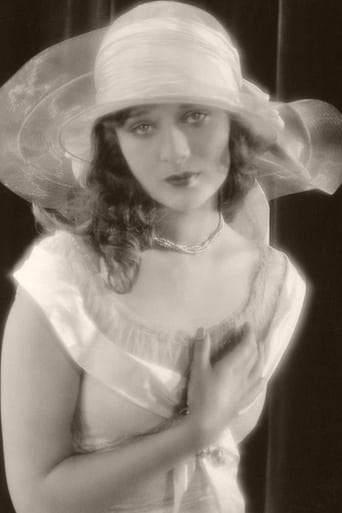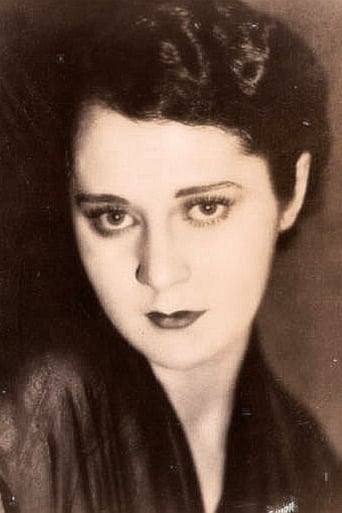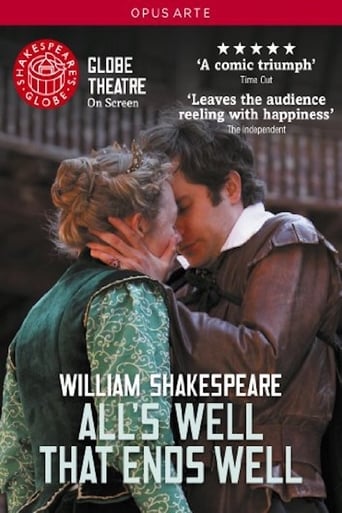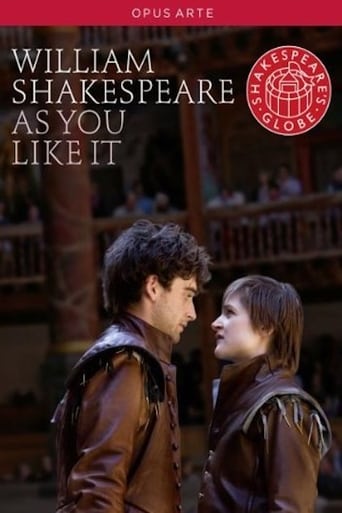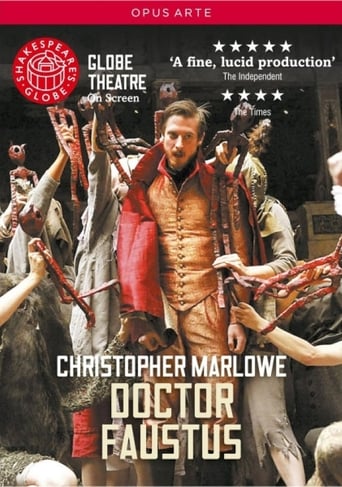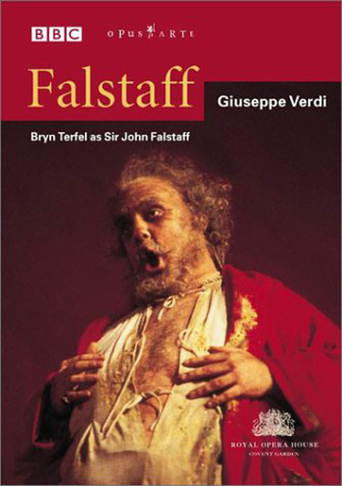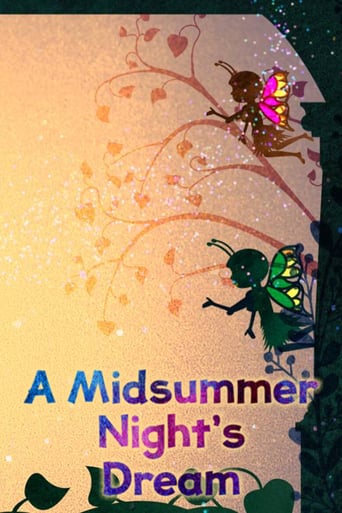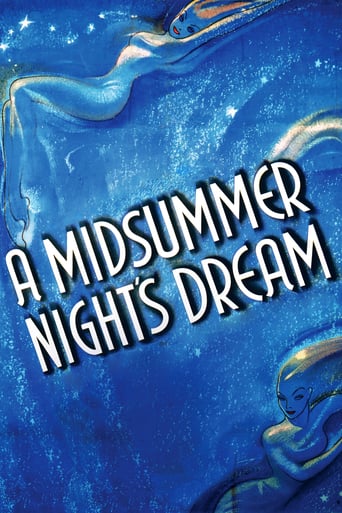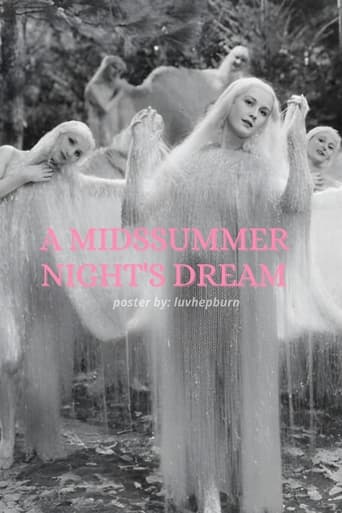

A Midsummer Night's Dream (1909)
An early film adaptation of the Beard's comic fantasy-- and perhaps the first screen adaptation of a Shakespeare play.
Watch Trailer
Cast


Similar titles
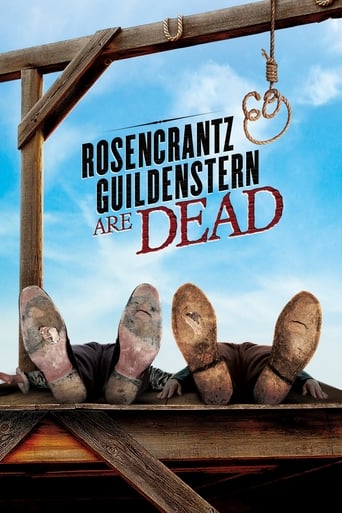
Reviews
Pretty Good
The film's masterful storytelling did its job. The message was clear. No need to overdo.
There are moments that feel comical, some horrific, and some downright inspiring but the tonal shifts hardly matter as the end results come to a film that's perfect for this time.
A terrific literary drama and character piece that shows how the process of creating art can be seen differently by those doing it and those looking at it from the outside.
The Vitagraph Company produced at least nine film adaptations of Shakespeare's works during 1908-1909, and they were behind the 1910 "Twelfth Night" also included on the Silent Shakespeare video. According to historians Roberta E. Pearson and William Uricchio, thirty-six such one-reel adaptations were made in the US alone from 1908-1913, with still more being imported from Europe ("How Many Times Shall Caesar Bleed in Sport", included in "The Silent Cinema Reader"). Some of the earliest feature-length films were Shakespearian, too, including "Cleopatra", "Richard III" (both 1912) and "Antony and Cleopatra" (Marcantonio e Cleopatra)(1913). As Pearson and Uricchio, as well as others, have pointed out, these adaptations were an effort by the movie industry to lend cultural legitimacy to its product at a time when the art form still wasn't mainstream and faced threats of public censorship. Other literary and theatrical sources were adapted in addition to Shakespeare in an effort to win over the haughty.As for this particular film, for what it is, it's not bad. It's an extremely truncated adaptation, with wordy title cards explaining proceeding action, which was common in early narrative films, especially literary/theatrical ones. In addition to the title cards, the filmmakers relied on audiences already being familiar with the play, which is another reason so many of these early films are based on popular literature and theatre. At least, this "A Midsummer Night's Dream" was photographed entirely outdoors, which freed the production from being stagy. There's also some substitution-splicing and superimpositions for fairy tricks. It's a rather average film for its time—nothing exceptional.The filmmakers of this one were also responsible for other Shakespearian films, especially J. Stuart Blackton, who worked on all nine of those Vitagraph films and a few more Shakespeare adaptations apparently made by other companies. Blackton was a noteworthy film pioneer, who started out working for the Edison Company, was the key founder of Vitagraph and made the early animation film "Humorous Phases of Funny Faces" (1906) and the amusing "Princess Nicotine; or, The Smoke Fairy" (1909), among other pictures.
Unless you are a rabid Shakespeare fan who is very familiar with this play, I strongly recommend that before you watch it you go out and buy some Cliff Notes or Monarch Notes so you'll have some idea about exactly what's happening. While not as sketchy and confusing as some other early Shakespeare short films (such as KING JOHN (1899) or THE TEMPEST (1908)), this is a very abbreviated version of the play and is awfully confusing and tough to watch. This doesn't mean that the acting or direction were bad--for 1909 it is pretty good--along with the props and cinematography. In fact, I really liked the guy who was given a donkey's head by Puck--cute stuff for 1909. But even if the film had wonderful production values (which it didn't), you just can't do justice to Shakespeare or any play in only 11 minutes!! My advice is just watch FORBIDDEN PLANET (derrived from THE TEMPEST, believe it or not).
I'm becoming convinced that it is extremely difficult to bring Shakespeare to film without doing some major translations, at least using modern notions. There's just too much invested in the spoken language itself from whence all the stuff flows that is normally associated with the cinematic.I've been looking at several silent treatments. Naturally enough, they fall flat. But this one doesn't because it emphasizes the play of the "mechanicals." The abstraction of that play on film, the jumping and gesticulating is along the same lines as ALL the acting of that day, but double.If you were going to try a film, the best plot device is the play within the play (of any of his plays that have this). And the best abstraction strategy is to just take his existing exaggeration and exaggerate it.It is all a matter of what you are tricked into falling in love with.Ted's Evaluation -- 3 of 3: Worth watching.
This very early silent filming of "A Midsummer Night's Dream" works well. While it's too bad to have to do without Shakespeare's dialogue, the play lends itself well to film, and this one is done with a zest that makes up for the cinematic limitations of the time. It covers most of the main events in the zany plot, and tells the story pretty well. Most of the actors are at least adequate, and the young girl playing Puck steals every scene she is in. The fantasy nature of the play lends itself to special effects, and they have used quite a few in the short running time. Most of them work well, and while a couple are a bit creaky, there are also a couple of them that are excellent. Overall, it is a good treatment of one of Shakespeare's most pleasant plays. It's fun to watch, and for its time deserves praise.


